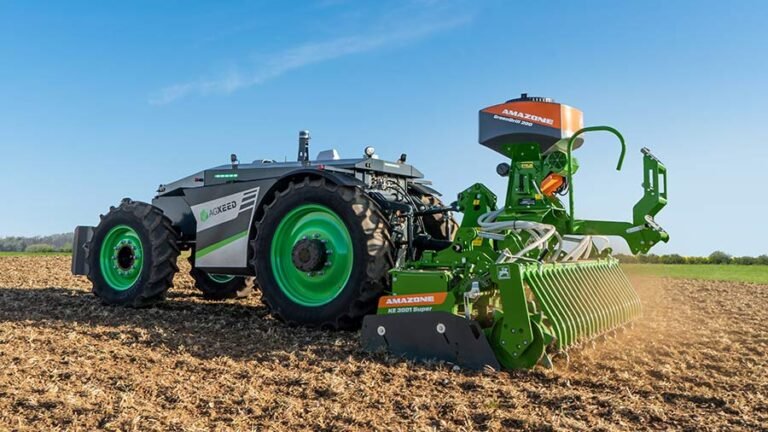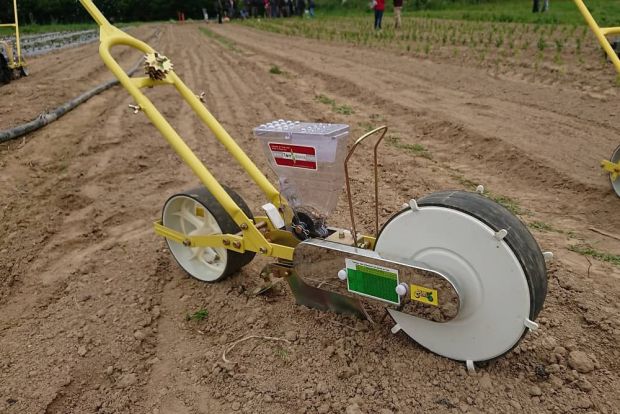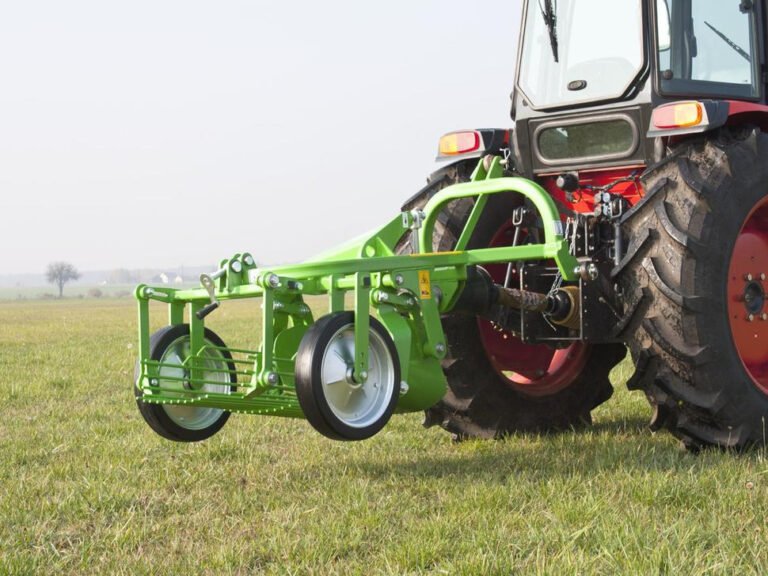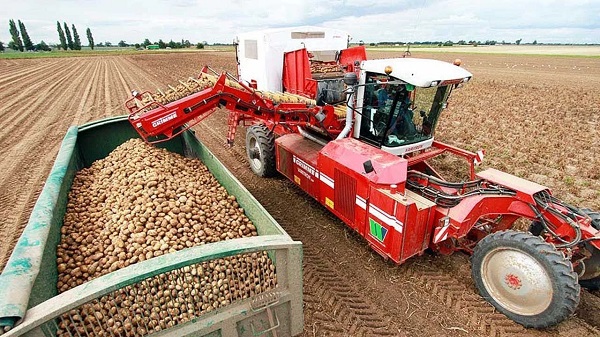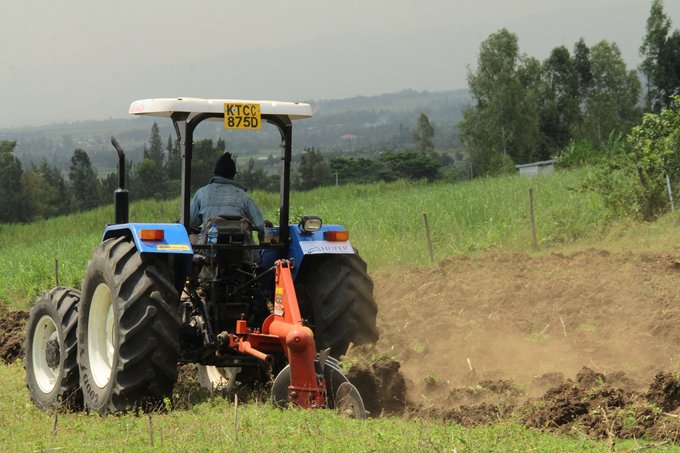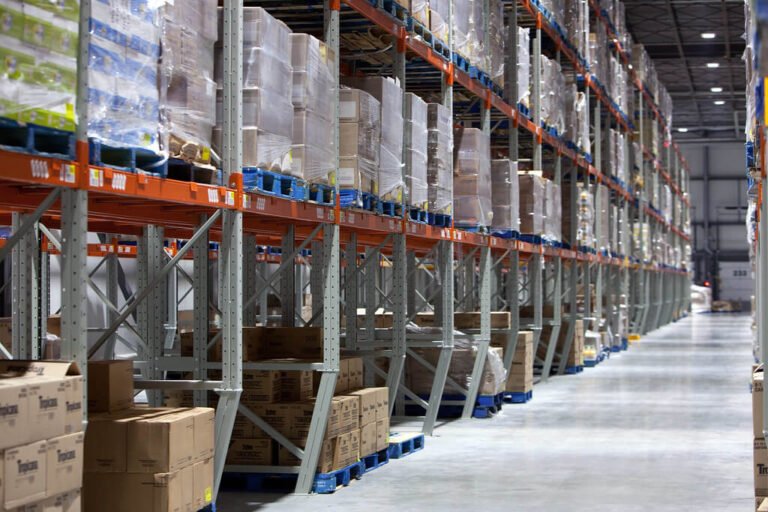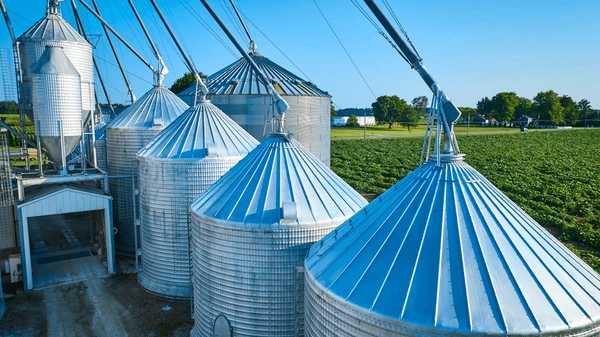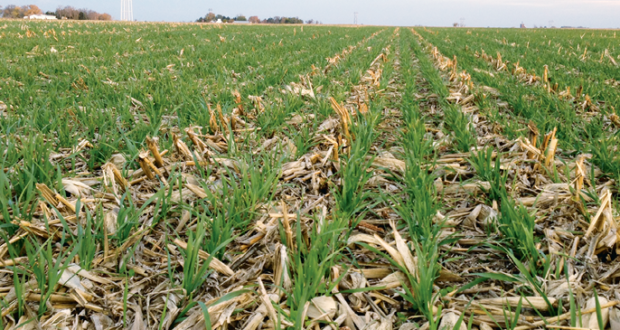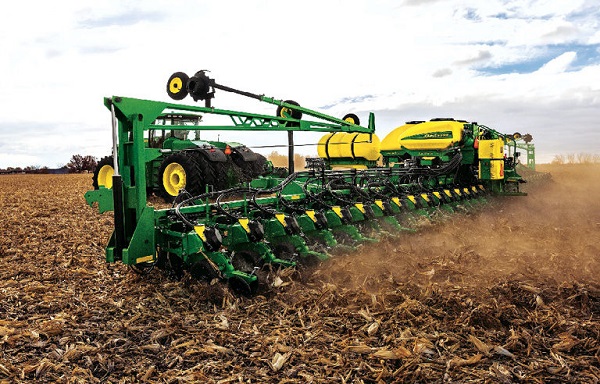Agriculture is at the heart of human survival, and advancements in farm machinery have played a critical role in modernizing food production.
In 2024, innovations in agricultural machinery are breaking new ground, providing solutions that enhance productivity, reduce labor, and support sustainability. Here, we explore the top ten innovations that are reshaping the world of farm machinery in 2025.
1. Autonomous Tractors
Autonomous tractors are gaining traction as they revolutionize farm operations. In 2024, companies like John Deere and Kubota have introduced tractors that can fully function without a driver.
Equipped with advanced GPS, sensors, and machine learning capabilities, these autonomous tractors can plow, seed, and harvest fields precisely. This innovation minimizes labor costs, enhances efficiency, and reduces human error in fieldwork, allowing farmers to focus on other aspects of their operations.
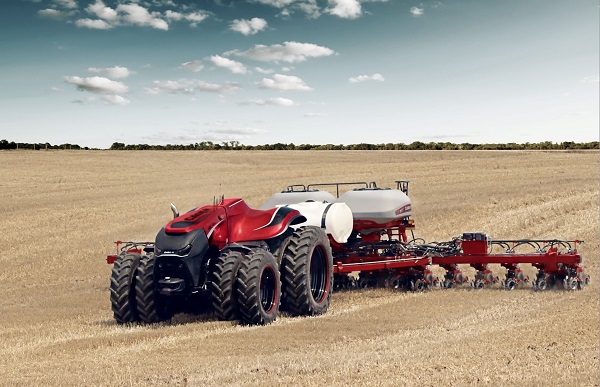
2. Electric and Hybrid Tractors
Sustainability is a primary focus for the agriculture industry in 2024, and electric and hybrid tractors are leading the charge. Major manufacturers are developing tractors powered by electric and hybrid systems to reduce emissions.
These machines not only minimize carbon footprints but also reduce fuel costs for farmers. Brands like Fendt have taken the lead with electric tractor models that are powerful enough for heavy-duty tasks while being eco-friendly, helping farmers transition to greener practices.
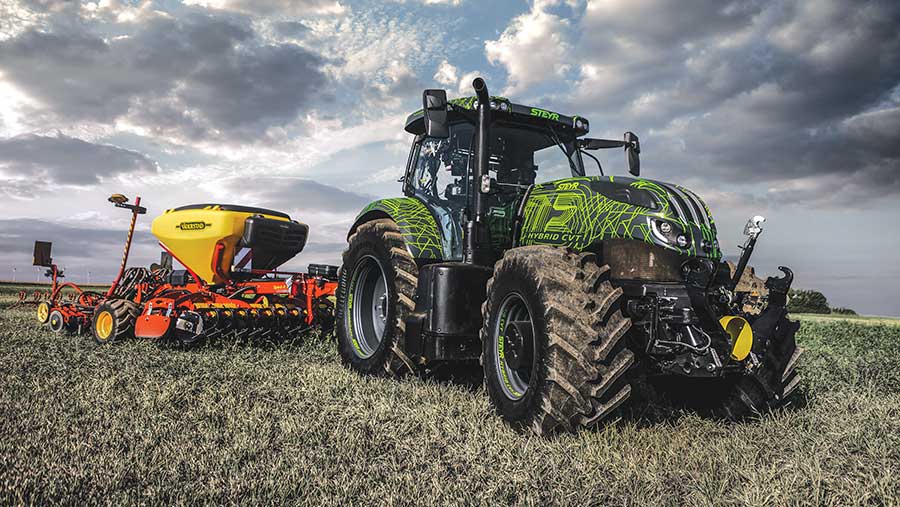
3. Precision Spraying Drones
The integration of drone technology in agriculture has progressed further with the development of precision spraying drones. These drones are equipped with advanced imaging technology to identify weeds and diseases, allowing them to apply chemicals with pinpoint accuracy.
This method minimizes chemical usage, reduces environmental impact, and saves costs for farmers. In 2024, drones like DJI Agras are capable of covering large areas quickly and can operate in challenging terrains where traditional sprayers might struggle.

4. Laser Weeding Technology
Laser weeding is an exciting innovation for 2024, providing a chemical-free solution to weed control. Companies like Carbon Robotics have developed machinery that uses artificial intelligence and laser beams to identify and eliminate weeds.
By removing the need for herbicides, laser weeding reduces chemical contamination in soils and crops, promoting healthier farming practices. This technology also cuts costs by reducing labor and herbicide expenses while providing an efficient solution to weed management.
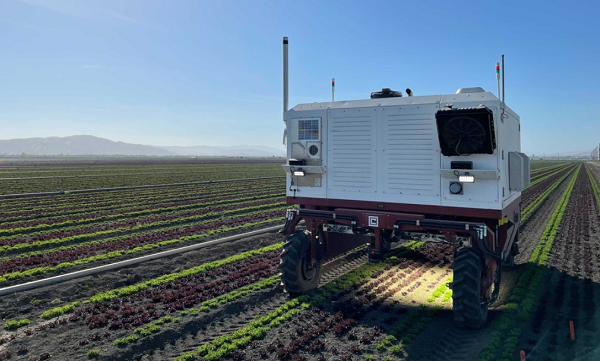
5. Smart Harvesting Robots
Harvesting crops is labor-intensive, especially for fruits and vegetables, which require a delicate touch. Smart harvesting robots are changing the game in 2024 by offering a precise, automated solution. Robots like those developed by Agrobot use machine vision to identify ripe produce and gently pick it. These machines help alleviate labor shortages in agriculture and ensure that crops are harvested at their peak ripeness, which improves product quality and minimizes waste.
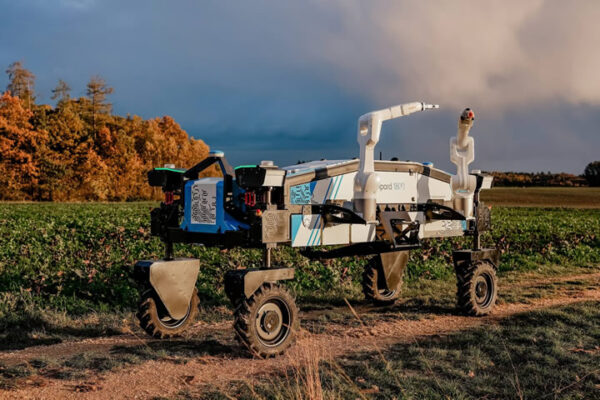
6. Variable Rate Irrigation Systems
Efficient water management is vital in the face of climate change. Variable Rate Irrigation (VRI) systems are an innovative solution that provides precise water application based on soil moisture data. In 2024, VRI systems, integrated with IoT devices and sensors, are making irrigation smarter and more efficient. These systems analyze the moisture content of the soil and deliver the exact amount of water needed, reducing water waste and enhancing crop yields. Companies like Valley Irrigation are leading this sector, providing advanced VRI solutions for diverse crop types.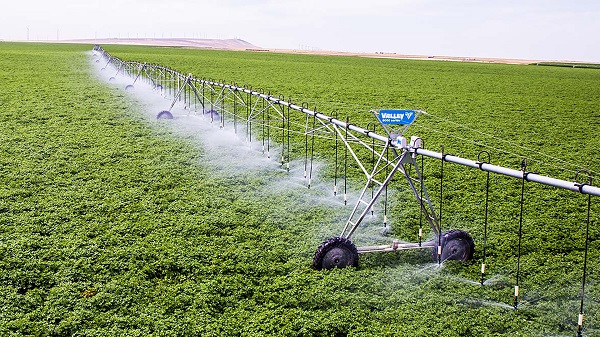
7. Multi-Tasking Implements
Farmers are increasingly looking for equipment that can perform multiple functions, and multi-tasking implements have become a trend in 2024. These machines are designed to do several tasks simultaneously, such as tilling, fertilizing, and seeding, saving time and fuel. The combination of operations allows for faster and more efficient field preparation, which is crucial, particularly in regions with shorter growing seasons.
Manufacturers like Amazone are leading the way with implements that integrate multiple functionalities seamlessly, optimizing the overall workflow of farming operations.
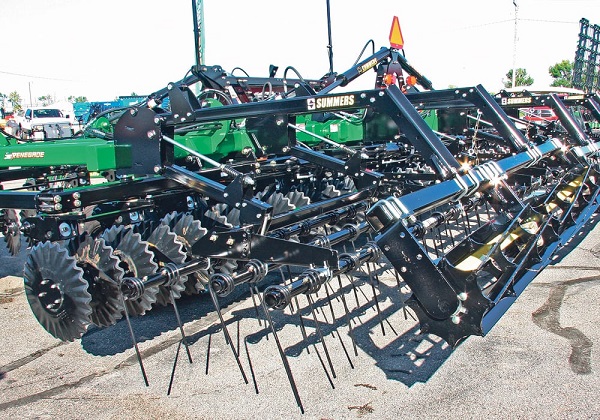
8. AI-Powered Decision Support Systems
Artificial Intelligence (AI) is making its mark on farm machinery by enhancing decision-making processes. AI-powered decision support systems analyze data from various sources, such as satellite imagery, soil sensors, and historical yield data, to provide actionable insights. For instance, the John Deere Operations Center uses AI to guide farmers on optimal planting, fertilizing, and harvesting schedules. These tools empower farmers to make data-driven decisions that improve crop health, maximize yields, and minimize resource use, resulting in better overall farm management.
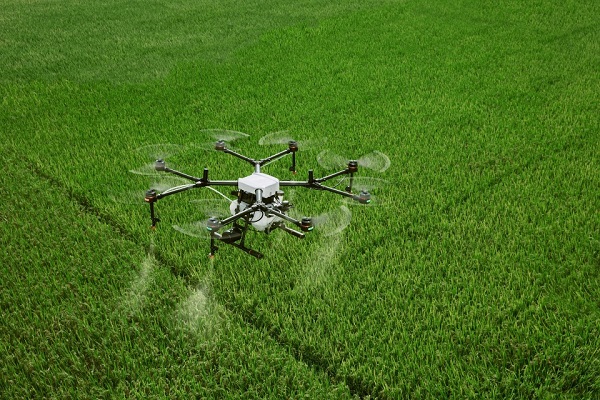
9. Soil Mapping and Health Monitors
Soil health is a major determinant of agricultural productivity. In 2024, soil mapping technologies have advanced, providing farmers with detailed insights into their soil’s composition and health.
Machinery equipped with soil health sensors can now take soil samples, analyze nutrient levels, and generate comprehensive soil maps.
This helps farmers apply the correct fertilizers and amendments precisely where needed, reducing waste and enhancing soil health. Companies like Veris Technologies are providing tools that deliver real-time soil analysis, ensuring that farmers can make the best decisions for their soil.
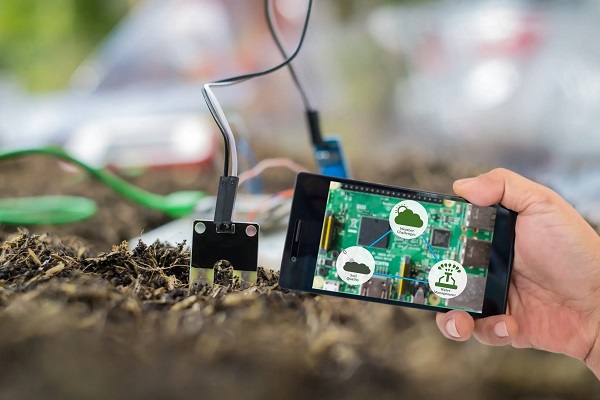
10. Compact Potato Diggers for Smallholder Farmers
Addressing the needs of smallholder farmers is crucial for global food security. In 2024, compact potato diggers designed specifically for small-scale farming are making a big difference in regions like Africa and Asia. These machines are affordable, easy to operate, and designed to work effectively on smaller plots.
Innovations from companies like Grimme have led to machines that can dig and collect potatoes efficiently without damaging the crop, making it easier for small farmers to bring in their harvest with minimal labor and time investment.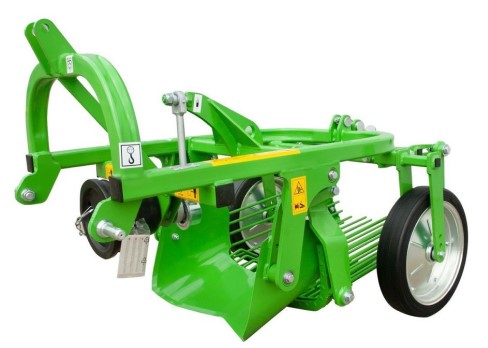
Conclusion
The agricultural machinery industry is undergoing a transformative phase in 2024, driven by a need for sustainability, efficiency, and precision. From autonomous tractors and electric vehicles to AI-driven decision tools and compact machinery for smallholders, these innovations are reshaping modern farming.
By adopting these advanced technologies, farmers can optimize productivity, reduce environmental impact, and tackle the growing challenges of global food production. The future of agriculture is being defined by smart, sustainable, and highly efficient machinery, leading to a new era of agricultural possibilities.
Also Read
Top 9 best planters for green onions: A comprehensive guide for fmallholder farmers
Top 7 small potato harvesters for smallholder farmers in Africa
